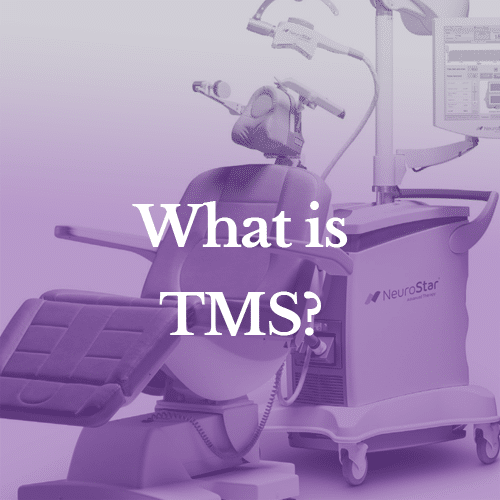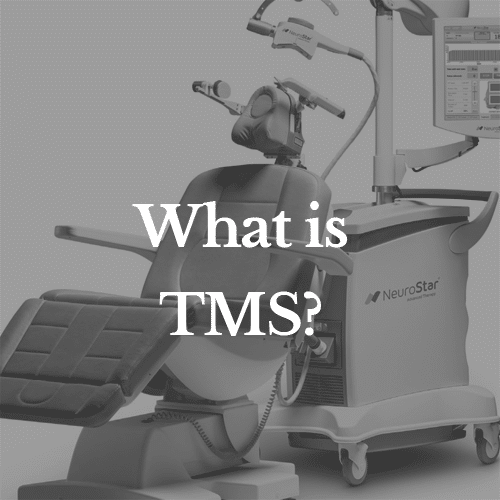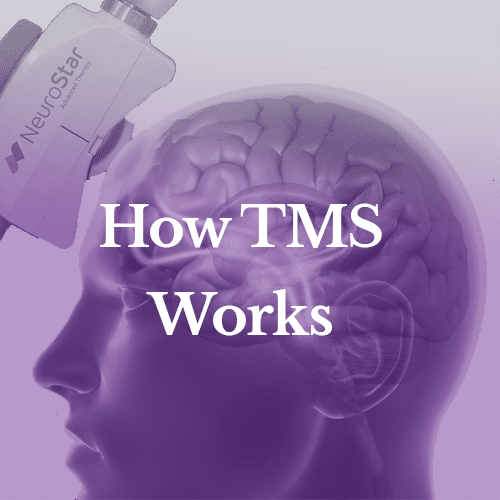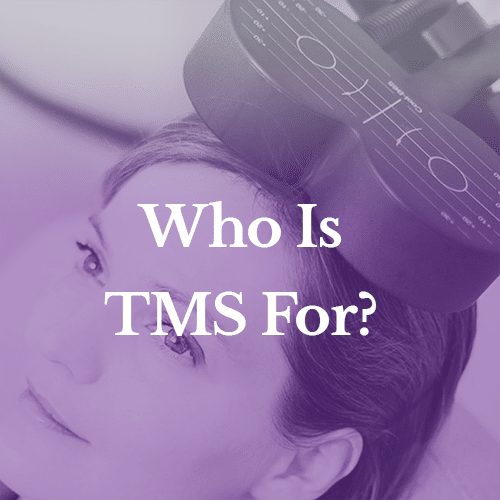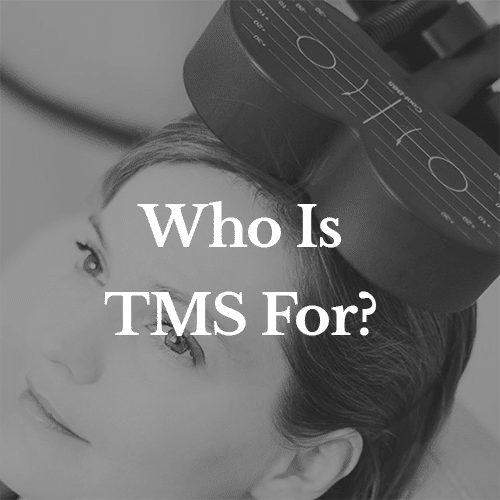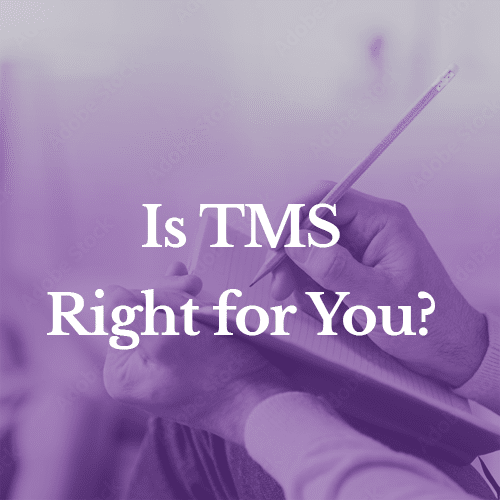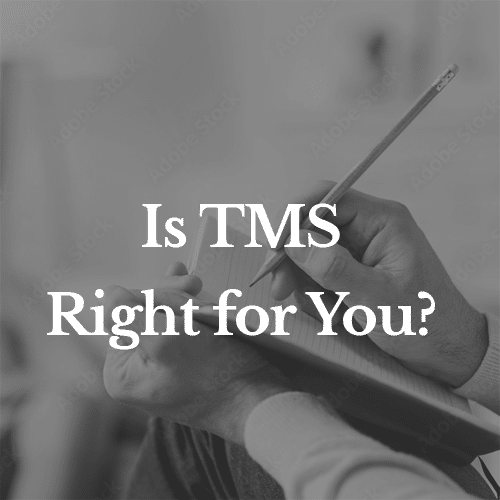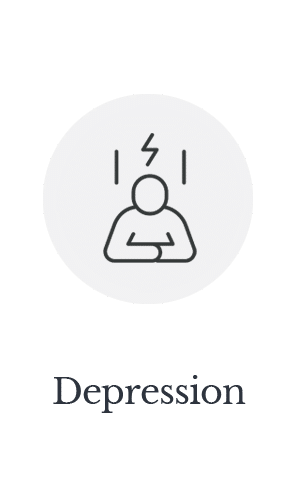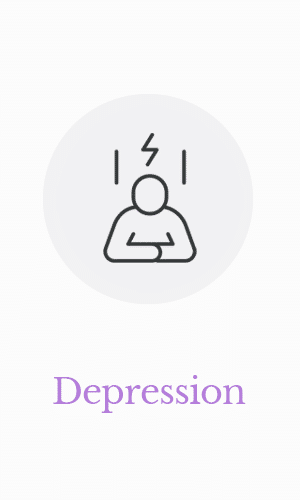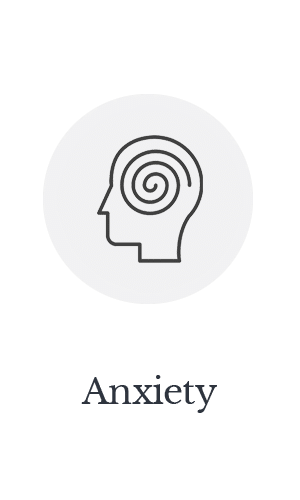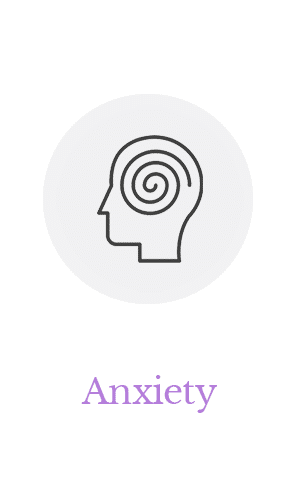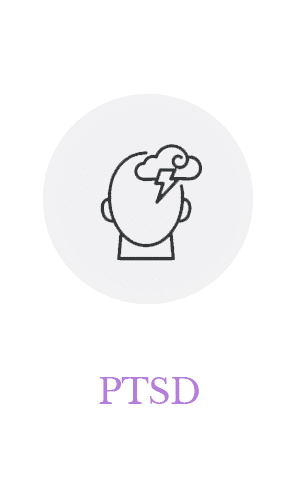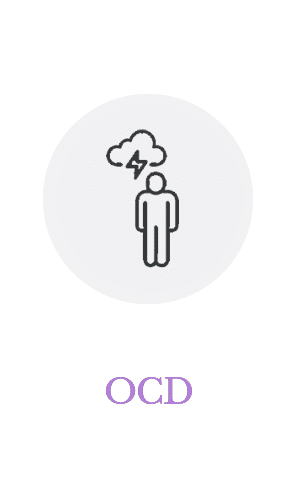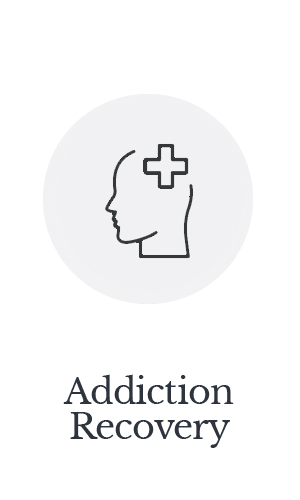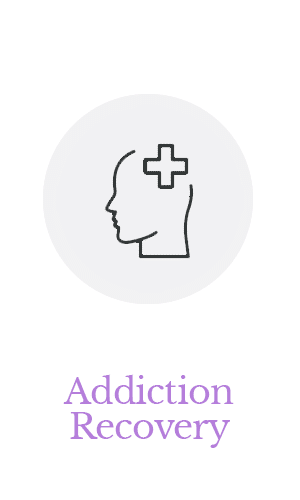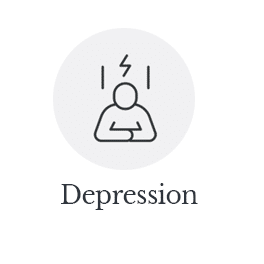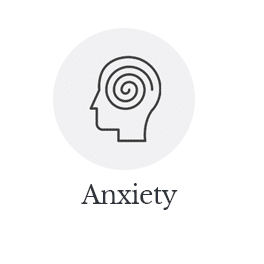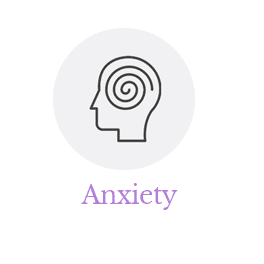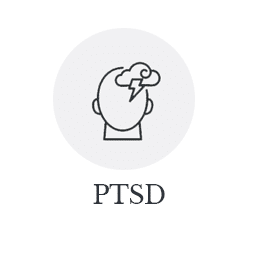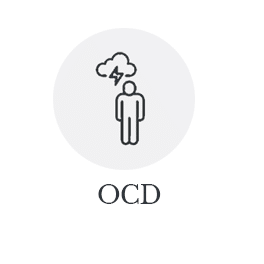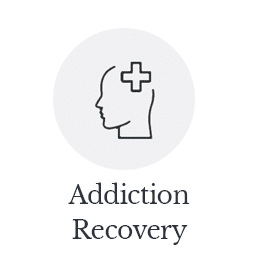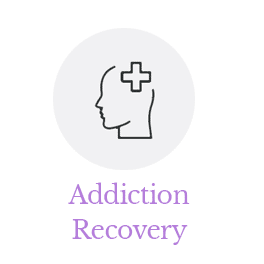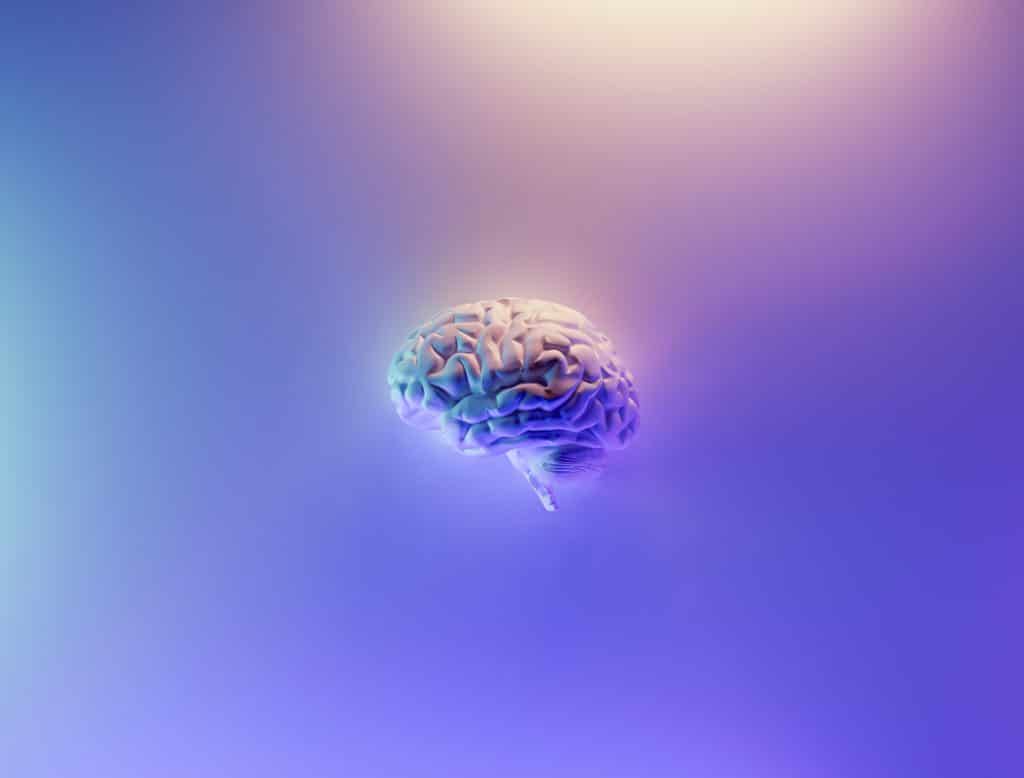Have you tried antidepressants with minimal relief?
If you’re thinking of trying TMS therapy for your depression, then you’re not alone. Over 50% of people who benefited from medication benefit from TMS therapy.
Sometimes psychotherapy and antidepressants can’t fix the problem on their own.
When this is the case, TMS is the next viable option.
What do you know about non-invasive TMS therapy? Keep reading to learn about TMS therapy and the five ways it can help with depression and anxiety!
How Antidepressants Work
Upon being diagnosed with depression, doctors often default to prescribing therapy and medications. These antidepressant medications work by balancing neurotransmitters in the brain. These neurotransmitters regulate mood and emotion, affecting one’s sleep, energy, and appetite.
Medications work for some, but they often come with unwanted side effects. And cycling through different depression medications can be exhausting.
- Side Effects of Antidepressants include:
- Headache
- Agitation
- Nausea or vomiting
- Sleeplessness
- Drowsiness
- Reduced sex drive
- Dry mouth
- Weight gain
Most antidepressants work by inhibiting the reuptake of neurotransmitters such as serotonin, dopamine, and norepinephrine.
What is a reuptake inhibitor? These medications work by facilitating the reabsorption (reuptake) of a neurotransmitter into nerve cells (neurons). Because depression is the theory of chemical imbalance in the brain, antidepressants are designed to block the reabsorption of serotonin, dopamine, and norepinephrine.
Antidepressant medications include:
- Selective serotonin reuptake inhibitors (SSRI) – blocks the reabsorption of serotonin.
- Serotonin and norepinephrine reuptake inhibitors (SNRI) – blocks the reabsorption of serotonin and norepinephrine.
- Norepinephrine and dopamine reuptake inhibitors (NDRI) – blocks the reabsorption of norepinephrine and dopamine.
How Does TMS Work?
TMS stands for transcranial magnetic stimulation. TMS is non-invasive and uses magnetic fields to stimulate nerve cells, which can improve the symptoms of depression.
During a TMS treatment session, repetitive magnetic pulses are transmitted to targeted parts of the brain. This magnetic stimulation produced by TMS impacts how the brain functions, stimulating underactive parts of the brain. As a result, it can improve your mood and symptoms of depression.
TMS therapy treats major depression when standard treatments like medications and psychotherapy do not offer sufficient relief.
What to Expect
Before you begin treatment, your doctor will determine the best location to place the magnets. You will sit in a reclining chair and wear earplugs during this procedure.
The coil is then placed on your head to administer the magnetic pulses. You may hear a tapping sound while this is happening. Your doctor determines the amount of stimulation needed and can change this amount during your treatment, called the motor threshold.
How Many Sessions Do I Need?
Expect treatment sessions to last anywhere between 20-40 minutes.
Usually, you will start with five treatment sessions each week for the first 4-6 weeks. Then the treatments are tapered down until you finish. Sometimes you may require maintenance treatments after six months to a year.
Contraindications for TMS
If you have specific devices in your body, you won’t be able to get TMS therapy.
Things that may exclude you from TMS include:
- Aneurysm clips
- Stents
- Implanted heart stimulators
- Deep brain stimulators
- Any bullet fragments
- Cochlear implants for your ears
- Any metal device implanted in your body
- If you’re pregnant
Certain medical conditions can affect your ability to get TMS therapy, like having a history of substance abuse or psychosis. If you have epilepsy, brain damage, strokes, or traumatic brain injury, you can’t have TMS. For the vast majority of people, though, TMS therapy is safe and effective.
Benefits of TMS Therapy
1. Few Side Effects
TMS has some great benefits. TMS side effects are usually mild and decrease over time after your sessions.
Some uncommon side effects of TMS might include:
- Headaches
- Discomfort on the scalp
- Lightheadedness
- Tingling or twitching of facial muscles
If you do experience side effects, you can have the level of stimulation reduced to decrease symptoms. Serious side effects are very rare. These can include seizures, mania related to bipolar disorder, and hearing loss.
There are no adverse effects reported with long-term TMS therapy either.
2. High Success Rates
The best thing about TMS therapy is that studies have shown that it works. Success rates for TMS treatment of depression are encouraging, between 30 and 64 percent.
Traditional anti-depressants often have lower success rates, especially if the first few medications you try don’t work.
3. Long-Lasting Results
The big difference between TMS and medication treatments is that results from TMS last long after the treatment is over.
Depression is a lifelong battle. With medication, you have to continue to take them for the rest of your life. Oftentimes you adjust too much to one and have to switch to the other.
Some people can experience complete remission of their depression symptoms of TMS therapy and continue to see improvement for up to a year. Studies show that over 84% of people reported improvement in their symptoms after TMS.
4. TMS Is Safe and Easy
TMS is cleared by the U.S. Food and Drug Administration for the potential to help people suffering from depression.
TMS is non-invasive and targeted. When you take a medication, it affects your entire body and causes ongoing side effects like weight gain and fatigue. These are side effects that stay with you, while the side effects from TMS are short-lived.
TMS treatments are also easy. You get to sit back and relax in a comfortable chair during your treatment. Once you’re finished, there is no downtime. You can return to the rest of your normal routine for the day.
5. Insurance Coverage
Criteria can be strict, but more and more insurance companies are covering TMS treatments. You can contact your insurance provider or doctor’s office to find out more.
Generally, the criteria for insurance coverage is:
- You have a diagnosis of Major Depressive Disorder
- You’re not using TMS for conditions not covered
- Documentation of 2-4 medications that have not helped
- Documented attempts at psychotherapy
To get your insurance to cover TMS therapy, you have to prove that no other treatments you have tried have been effective.
Antidepressants vs. TMS Therapy
If you’ve tried antidepressants with little relief, then it’s time to take the following steps. It’s time to take control of your life.
Inland Empire TMS proudly offers TMS therapy. You can sit back, relax, and return to your regular activities once your treatment finishes.
We invite you to contact us today to learn more. We have the knowledge and experience to help you feel your best.

